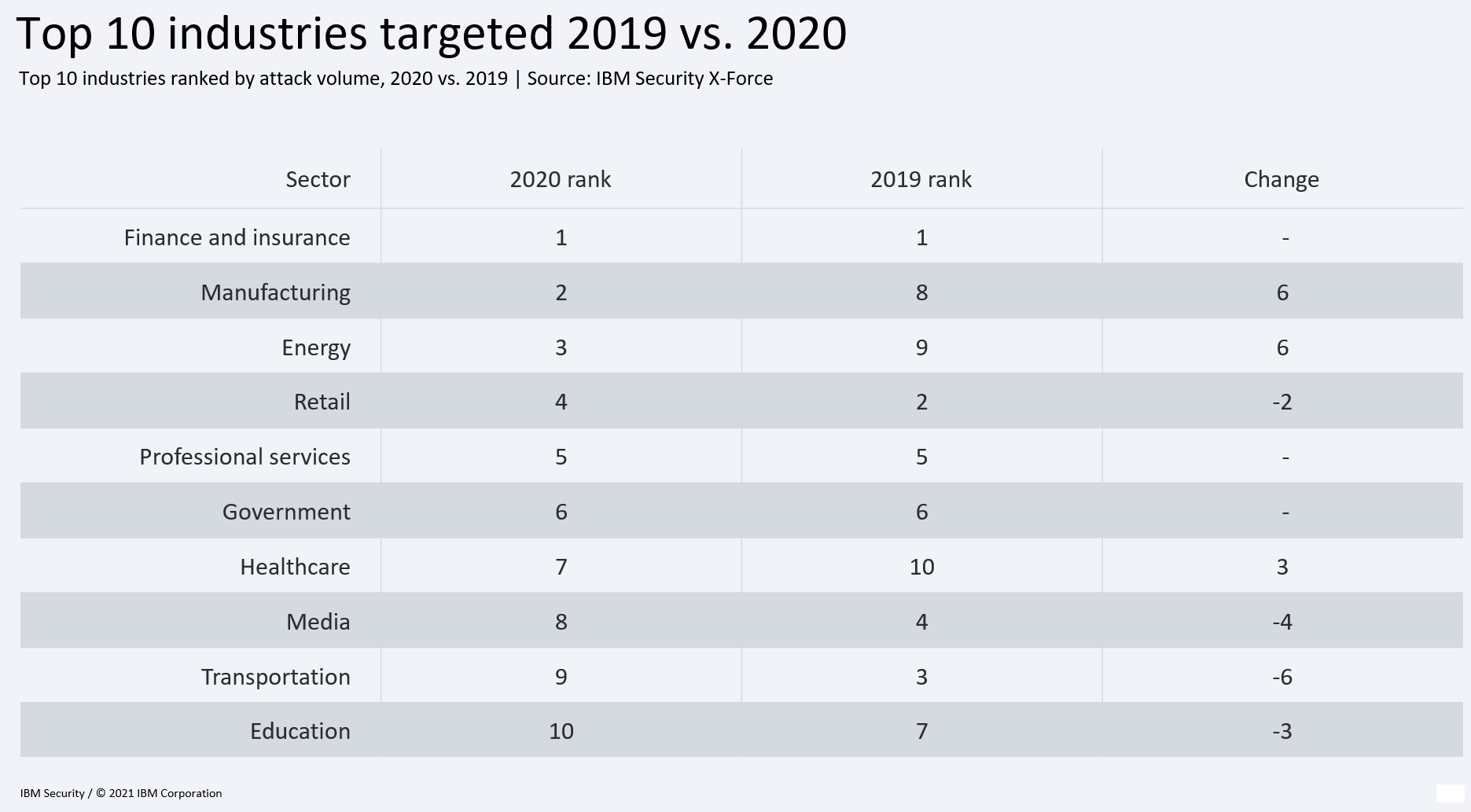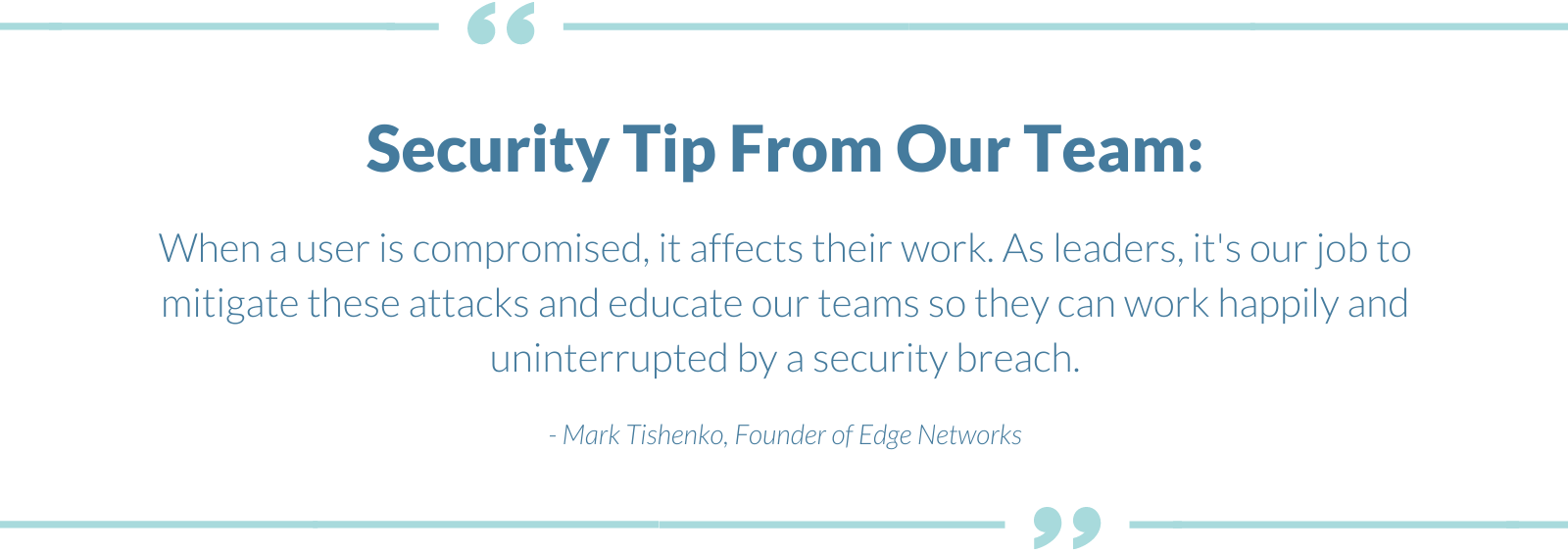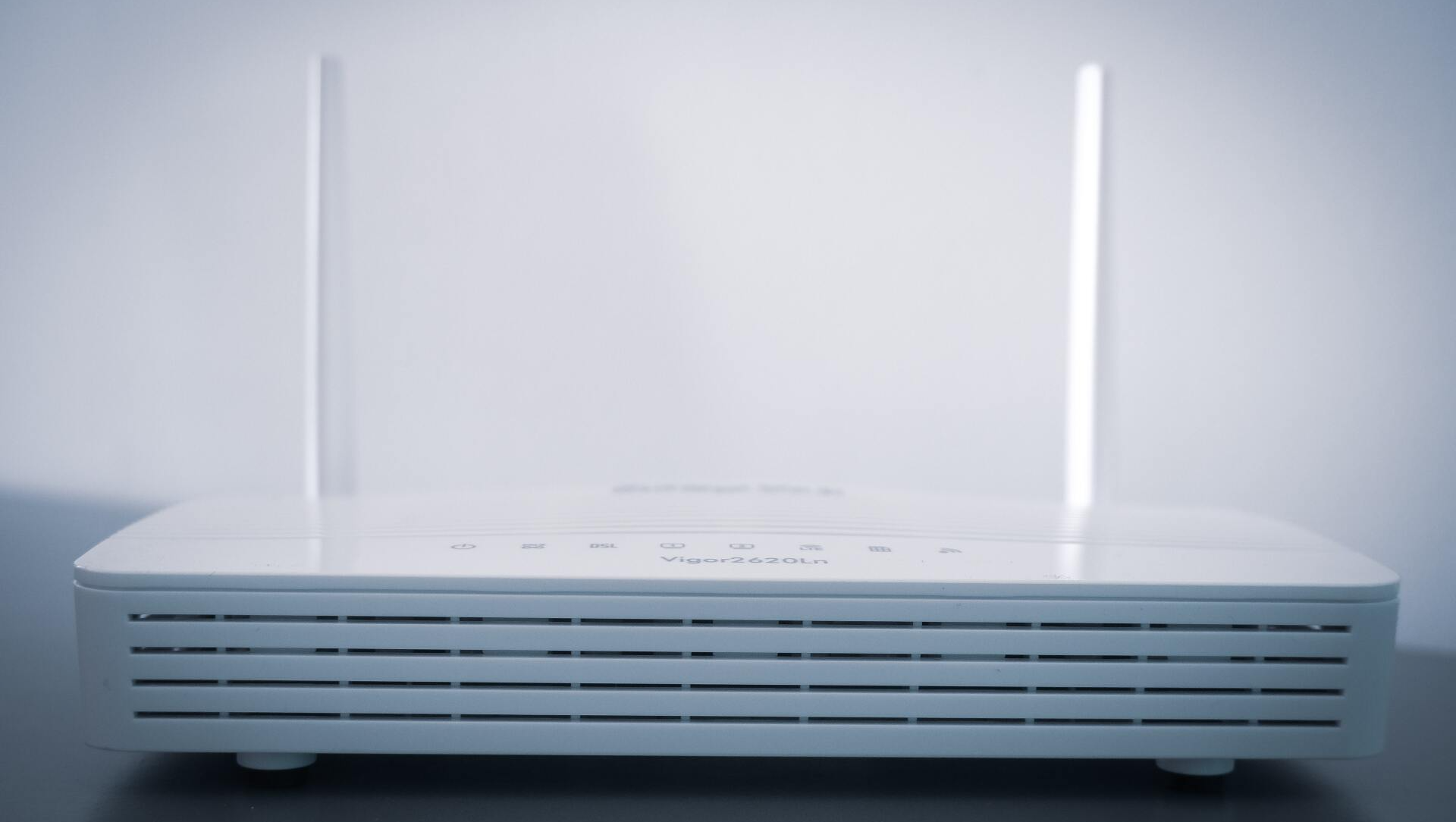Among all the challenges businesses are facing today, cybersecurity is perhaps the most daunting. Many organizations across all industries don’t have the skills, technology, or staff to stand up against advanced attacks and have little knowledge about their attack space or what to do in case of a security breach.
Much like Oregon Clinic’s 2018 data security incident , many companies don’t realize there is a problem until it is far too late. Instead, organizations should learn to take preventative measures and find ways to increase visibility to stop a security breach far before it starts. Read more about the 2018 incident below.
What is a Data Breach / Security Breach?
The Frequency of a Security Breach
The Covid-19 pandemic forced many people inside and away from their typical 9 to 5 jobs. With many people unemployed and a boost in online activity, cyberattacks skyrocketed, reaching up to 192,000 coronavirus-related cyberattacks per week in May 2020 alone. The frequency of application attacks has increased over the years and is only expected to rise as attackers have more incentive to attack.
No industry is safe from a cyberattack. The most commonly targeted industries in 2020 were finance and insurance, manufacturing, and energy. Every single one of these deals with highly sensitive data that cybercriminals can sell to interested parties or use to steal the identities of employees and customers.
As you can see in Figure 1 below, there are pretty significant differences in where industries ranked between 2019 and 2020, showing that any industry can be a higher target in years to come.
How Does a Security Breach Occur?
Ransomware
Large enterprises are a huge target for ransomware attacks, creating a need to secure their systems aggressively. If ransomware makes its way onto a system or device, hackers could encrypt or corrupt data, demanding a fee for its release.
Staying educated on current ransomware trends can help you predict and prevent data breaches. Check out our blog post below for our 2021 ransomware trend predictions.
Malware
If you or your employees get frequent requests on the web to upgrade your network security, you could be at risk for malware insertion. A click of a malicious link will download malware that affects and slows the entire system. The result is a crashed system and/or compromised data.
Phishing
Denial of Service (DoS)
Workplace Mistakes that Increase Risk of Security Breach
- Accidental sharing
- Weak password selection and renewal policy
- Employee misuse of network
- Weak security configurations
10 Ways to Prevent a Security Breach in the Workplace
Cybercriminals are always on the lookout for an opportunity to strike. Keep them from ever getting close by adding these ten practices into your workplace.
1. Make a Solid Password Policy
2. Don’t Forget to Update
3. Check Your Router
4. Learn the Art of Backups
Data is a cybercriminal goldmine. With customer and company data, attackers have the opportunity to do a number of things, including:
- Identity theft
- Selling of data lists to advertisers
- Gain access into unauthorized areas
- Crash an entire system
With the amount of data coming into systems of all sizes, management and storage are a bit of an issue. That’s why frequent backups can take care of storage issues and prevent security breaches. Backups keep data safe and prevent common security threats like ransomware from affecting databases.
One issue with frequent backups is storage. Organizations need a lot of space that’s accessible at all times and is protected from dangers. Options like the cloud are a common choice as it is secure and readily available. Whatever organizations choose, it should be secure and be able to hold backups as they come along.
Of course, even backups fail. Check out our blog post below on how to protect your data when disaster strikes.
5. Firewalls, Anyone?
6. Have a Plan in case of Security Breach
- Identify the Threat (Ask all the “W” questions to get to the bottom of it)
- Contain it
- Get rid of it
- Recover your system
- Document and reflect
7. Encryption of Data in Transit
8. Get Employees on Board
9. Advanced Virus Detection
10. Audit, and Audit Again
Prevent a Security Breach Before it Happens
It’s no longer enough for companies to add one form of virus protection to their system and forget about it. These days, the attack surface has increased, bringing more opportunities for cybercriminals to act. That’s why companies of every industry should implement preventative practices and share them with their employees.
Combining prevention along with up-to-date methods of detection, organizations have a solid defense against all kinds of common attacks, able to detect them and stop them before they get ahold of sensitive data. Because business is shifting out of store and online, organizations must adapt and protect themselves and their users from the possibility of a security breach.
Are you concerned about the cybersecurity of your business? Edge Networks can help! Take our free, self-guided IT Security Risk Assessment, or contact us today for a free, 30-minute consultation.







